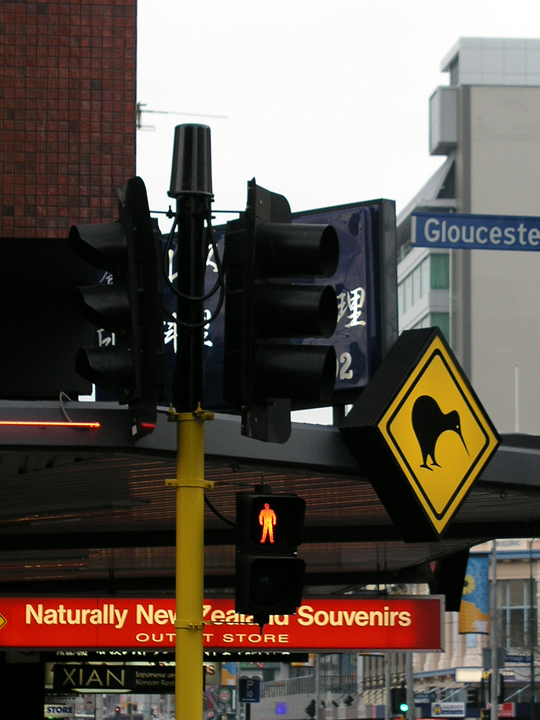 New Zealand earthquake damage illustrates risks from crustal faults | News & Research Communications | Oregon State University.
New Zealand earthquake damage illustrates risks from crustal faults | News & Research Communications | Oregon State University.
Even though this earthquake was weaker than last year’s event, it was much shallower; was situated directly under Christchurch; hit during the lunch hour when more people were exposed to damage; and shook sediments that were prone to “liquefaction,” which can magnify the damage done by the ground shaking.
Robert Yeats, a professor emeritus of geology at Oregon State University, who is an international earthquake expert and researcher on both New Zealand and U.S. seismic risks, says that same description nicely fits many major cities and towns in Washington, Oregon, California and British Columbia.
“The latest New Zealand earthquake hit an area that wasn’t even known to have a fault prior to last September, it’s one that had not moved in thousands of years,” Yeats said. “But when you combine the shallow depth, proximity to a major city and soil characteristics, it was capable of immense damage.


